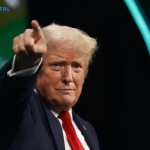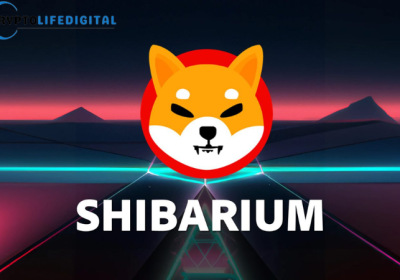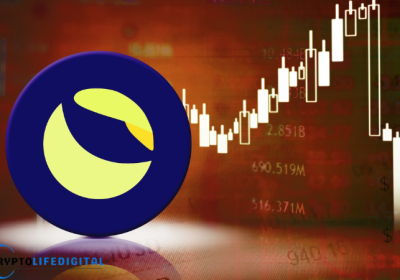Do Kwon’s Statement Sparks Questions over Terra Classic Transparency

The resurfaced conversation between Terra founder Do Kwon and co-founder Daniel Shin has reignited debate over the transparency and authenticity of Terra Classic’s on-chain data. In the dialogue, Kwon allegedly claimed he could create fake transactions that appear real, a remark that has raised eyebrows within the crypto community. The statement has led to confusion about whether the circulating supply of LUNC and USTC accurately represents real liquidity in the market.
Read Also: Terra Classic Strengthens Cosmos Ties with SDK 50.13 Integration
Misinterpretations and the Question of Supply
Despite the controversy, experts and blockchain analysts caution against jumping to conclusions. The conversation does not specifically indicate that Terra Classic’s supply numbers were manipulated or inflated. Instead, Kwon’s comments seem to reflect internal discussions about testing transaction visibility on the blockchain, rather than falsifying actual on-chain activity.
Read Also: Ripple Swell 2025 Marks a Turning Point for Institutional Crypto
Following the historic collapse of the Terra ecosystem in 2022, the LUNC supply ballooned to 6.9 trillion tokens. This spike resulted from the algorithmic minting process designed to maintain USTC’s dollar peg. However, there remains uncertainty about how much of that total supply genuinely entered circulation. Some analysts suggest that a significant portion of minted tokens may never have reached exchanges or investors, instead remaining dormant in inactive wallets or unrecoverable smart contracts.
Assessing the Integrity of On-Chain Data
Blockchain explorers confirm that Terra Classic transactions remain verifiable and traceable on-chain, ensuring that tampering with supply or creating artificial transactions would be immediately visible. Since the collapse, the Terra Classic community has restructured governance and improved transparency. Community validators, developers, and independent analysts now monitor the supply closely, ensuring that circulating figures align with publicly verifiable data from nodes and explorers.
Additionally, Binance and other major exchanges conduct routine audits of their LUNC holdings and burn transactions, providing further verification that supply records correspond to real, on-chain activity.
Terra Classic’s Path Forward
The ongoing revival of the Terra Classic ecosystem continues to focus on restoring trust. With governance proposals emphasizing transparency and community control, LUNC has transitioned into a fully community-driven chain. The reactivation of the Market Module and recent upgrades like Cosmos SDK 50.13 have improved interoperability and strengthened validator participation, helping rebuild credibility.
While Do Kwon’s controversial remarks have sparked renewed scrutiny, they do not constitute evidence of supply manipulation. The Terra Classic network remains transparent, verifiable, and community-led—committed to ensuring that past controversies do not cloud its path toward recovery and legitimacy in the blockchain space.
Follow us on Facebook, Telegram, and Google News.

Meet Raliat: A rising star in the crypto world, blending expertise with a passion for analysis. With a knack for simplifying complex concepts, she empowers audiences to understand and navigate the blockchain landscape. Raliat’s insightful content and analytical prowess make her a trusted guide in the ever-evolving world of cryptocurrency.










